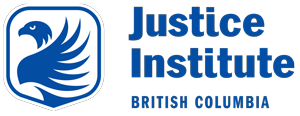Date and Time
- Of the offence
- Of any false Documents
Jurisdiction
- Where the offence occurred and/or
- Where documents were signed
Identity of the Accused
- This may be a difficult element to prove for fraud when…
- The accused name is different from the suspect name
- The victim may not recall the suspect as the incident was not remarkable at the time of the event
- The vulnerability of witness identification is a common issue.
- If possible, distinguish between the witness ability to “recognize” the accused as opposed to “identify”.
False Representations Made (Deceit)
- List clearly all the false representation made or suggested to the complainant
Goods or Services Obtained (Deprivation)
- What was the complainant deprived of? Give value of goods, or the approximate value of the services rendered
Reason the Goods or Service Were Provided to the Accused
- Obtain a clear statement from the complainant about how they were deceived or tricked into providing the goods or service.
Evidentiary Documents
- List all documents that will be entered as evidence, where and how they were obtained and their continuity.
- Rules of evidence make it easier for Crown to enter documents that are made in the “normal course of business” as opposed to documents that were prepared for the police at their request and are NOT “normally” prepared by the company. Clearly indicate on your report documents (or computer records) that were made in the “normal course of business”.
- Section 380.1 lists the aggravating factors a court should consider in sentencing an accused. Articulating any of these aggravating factors that are applicable to the case may assist the Crown understanding the seriousness of the allegation.
Related Links:
